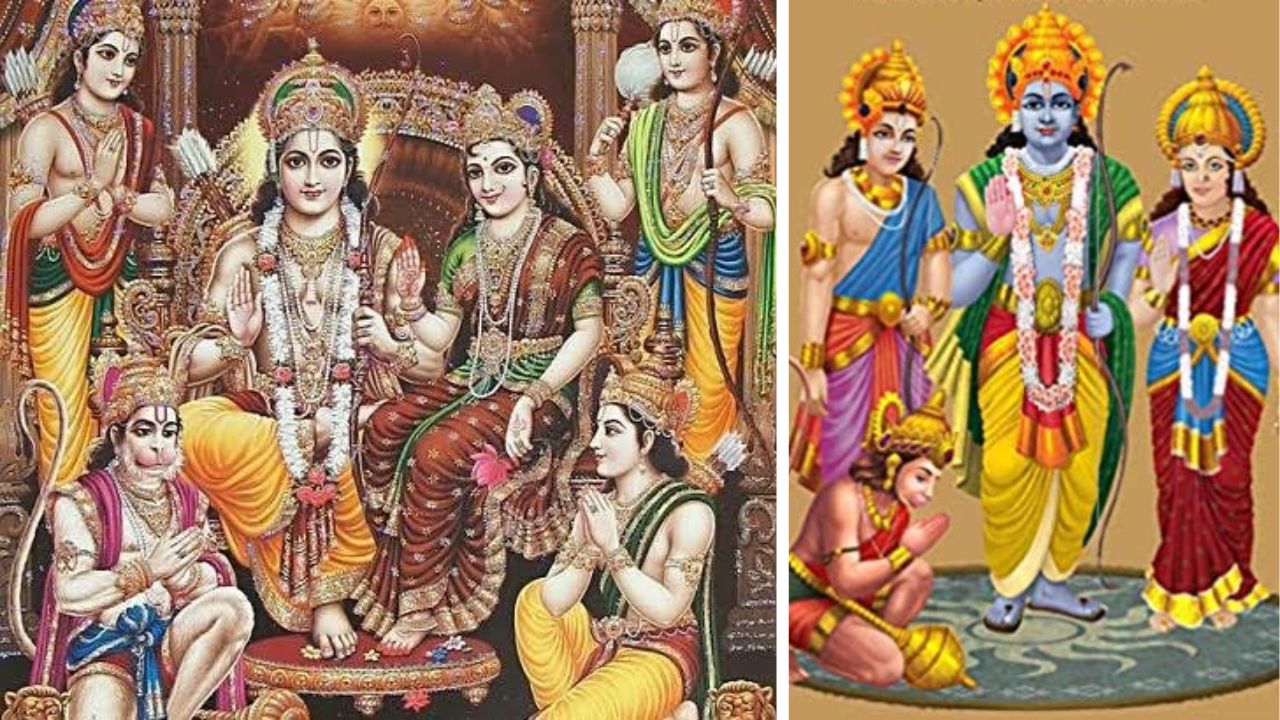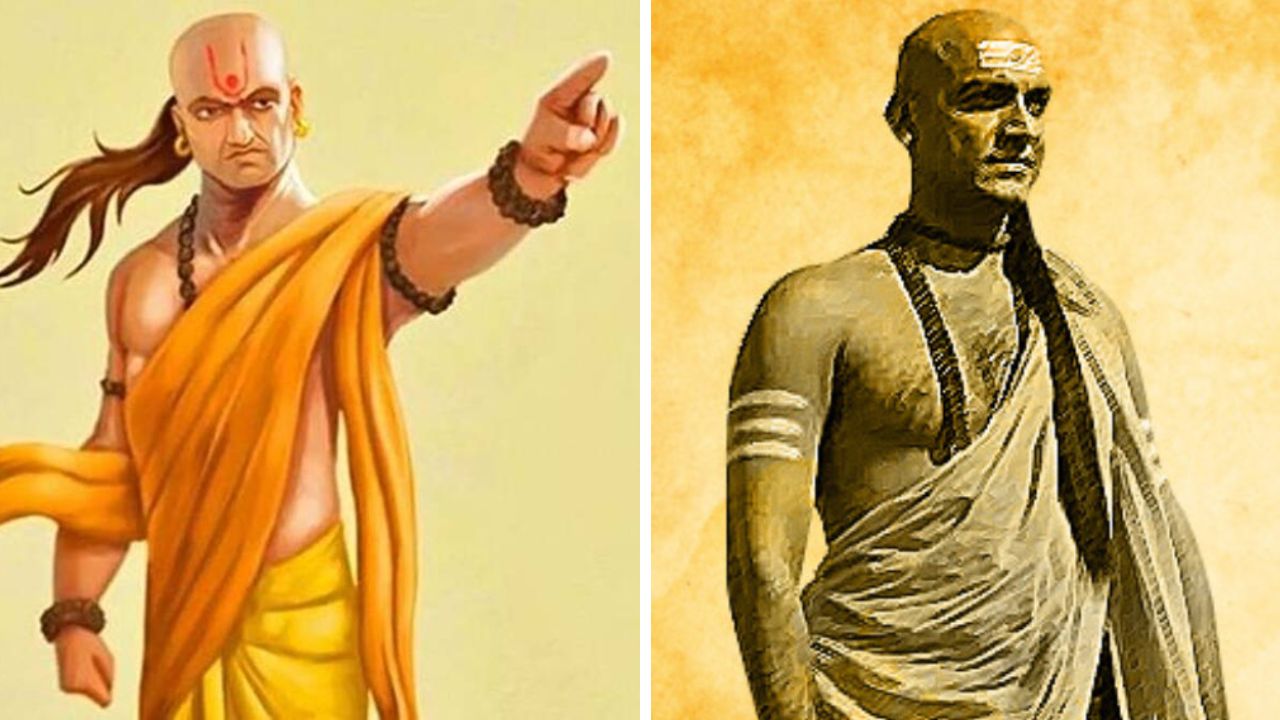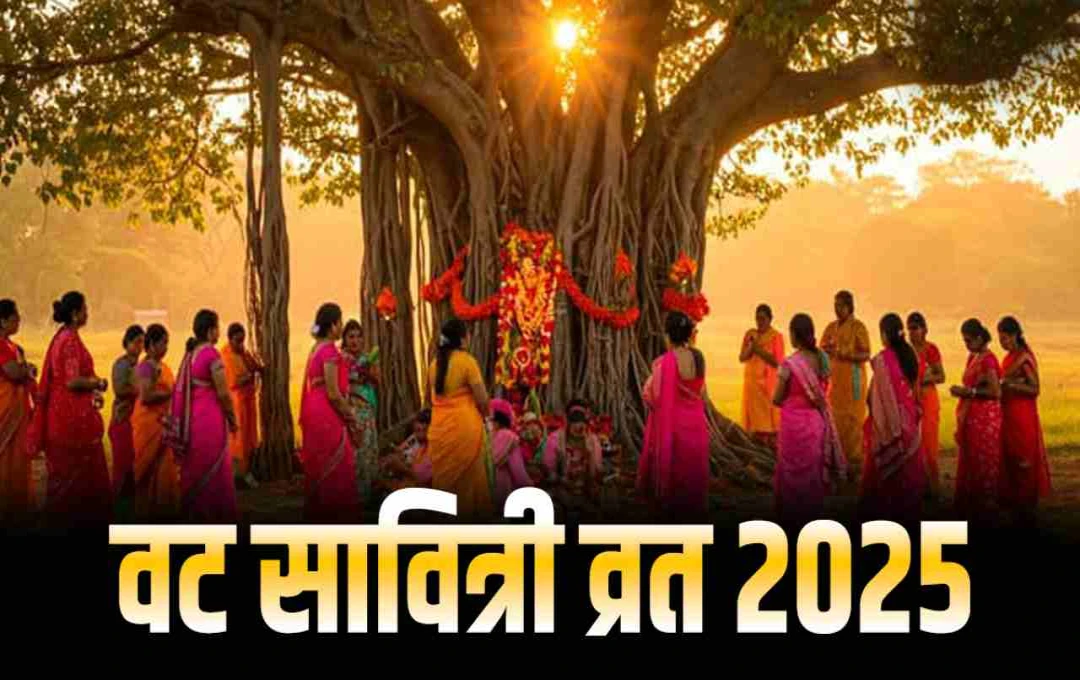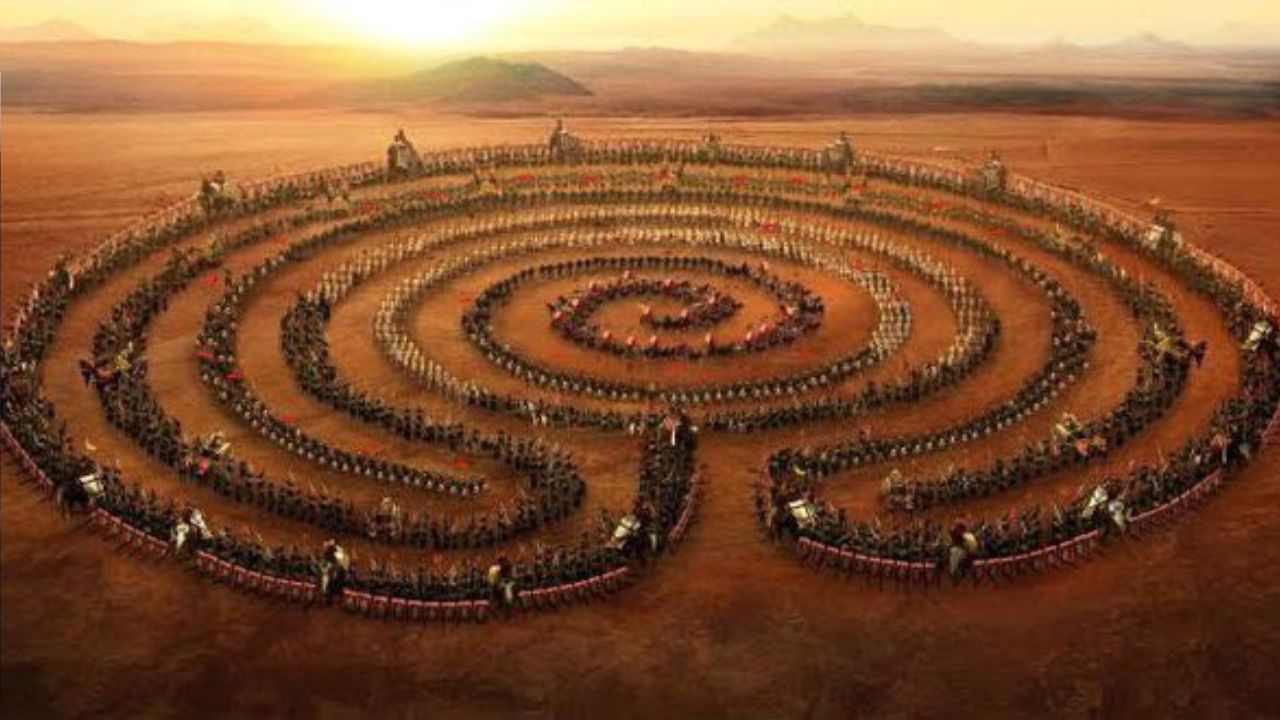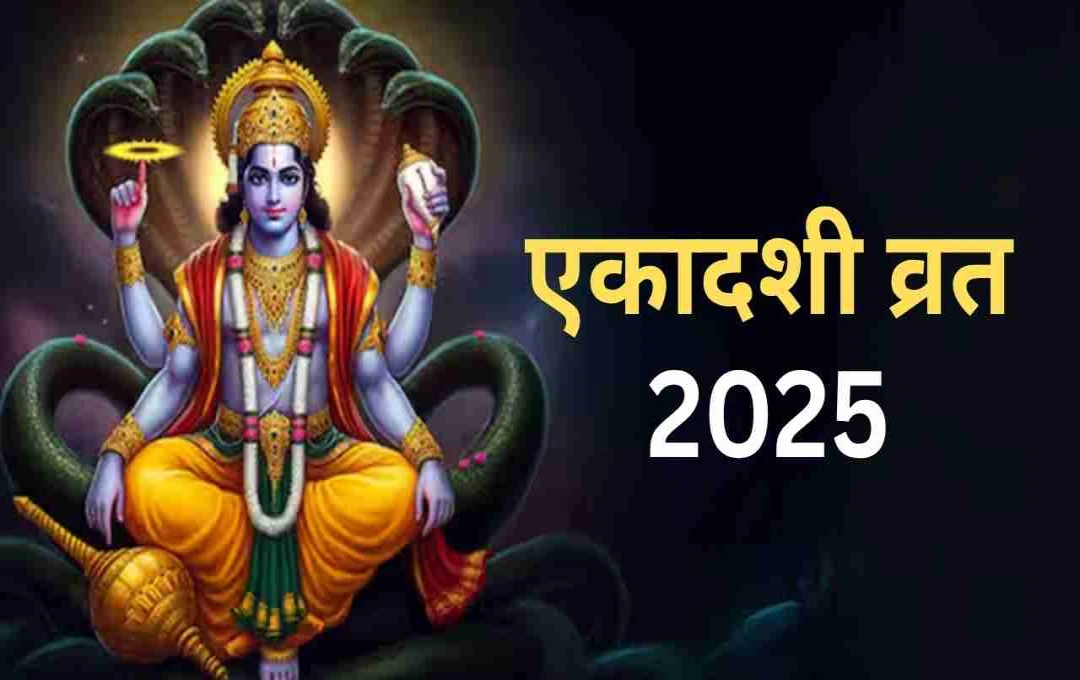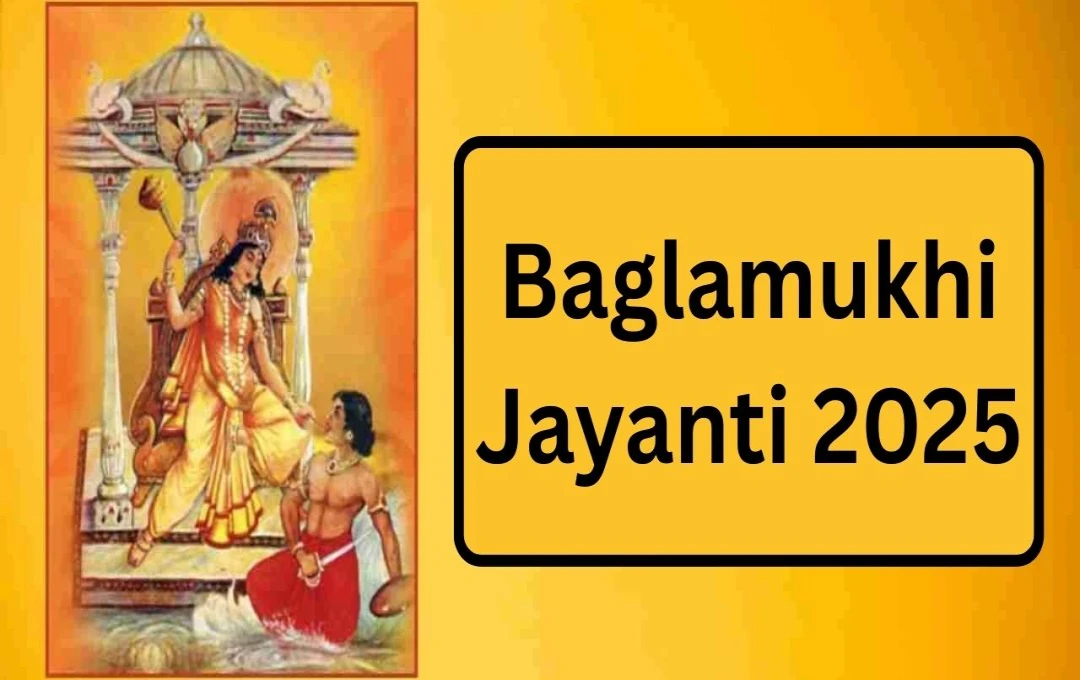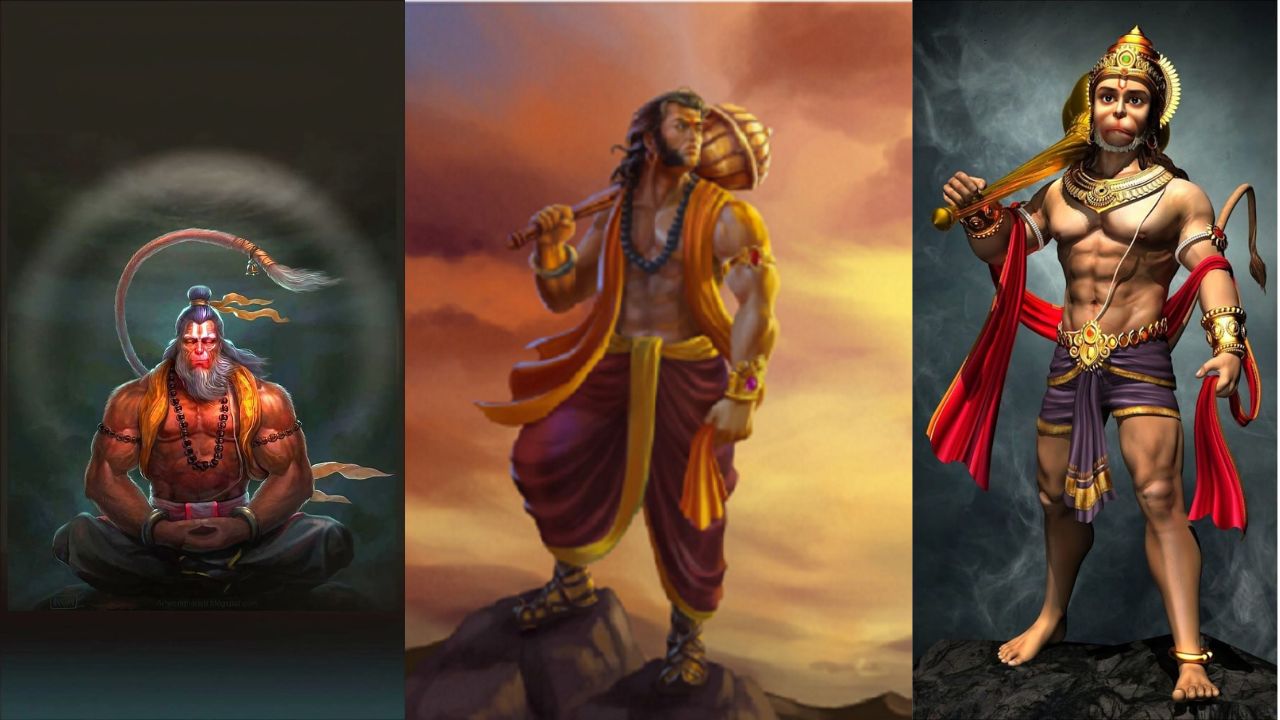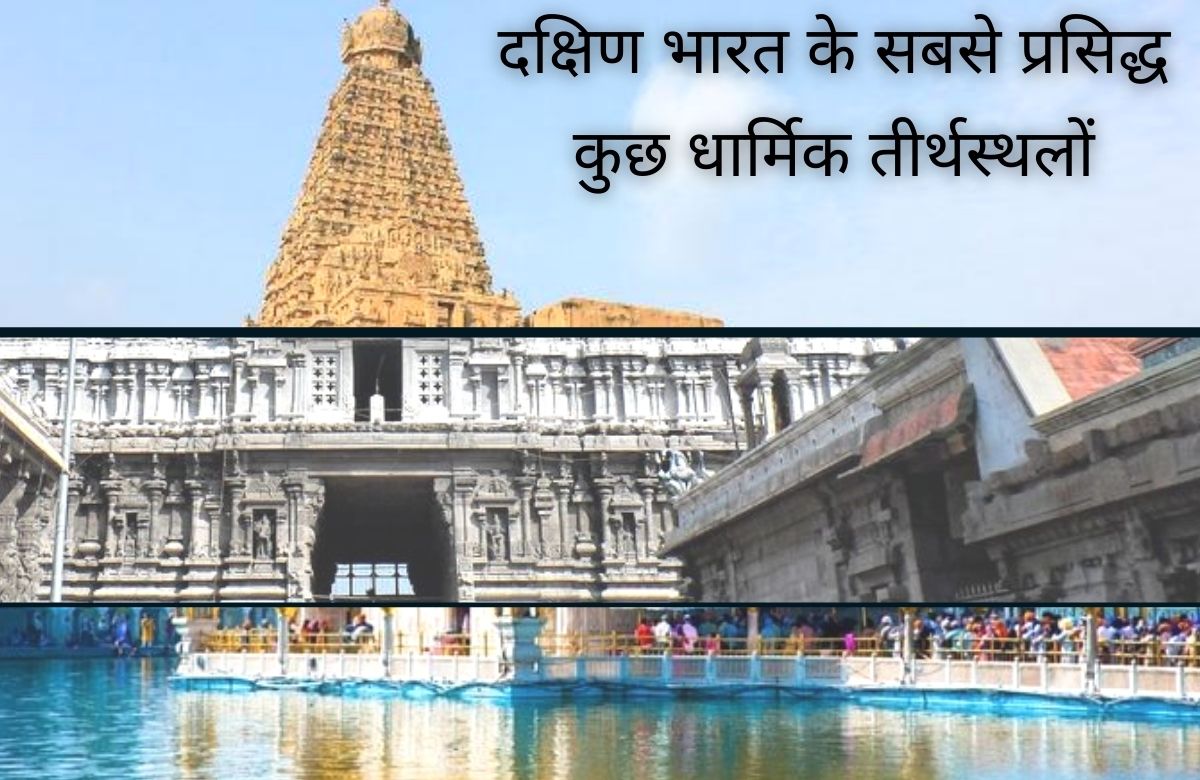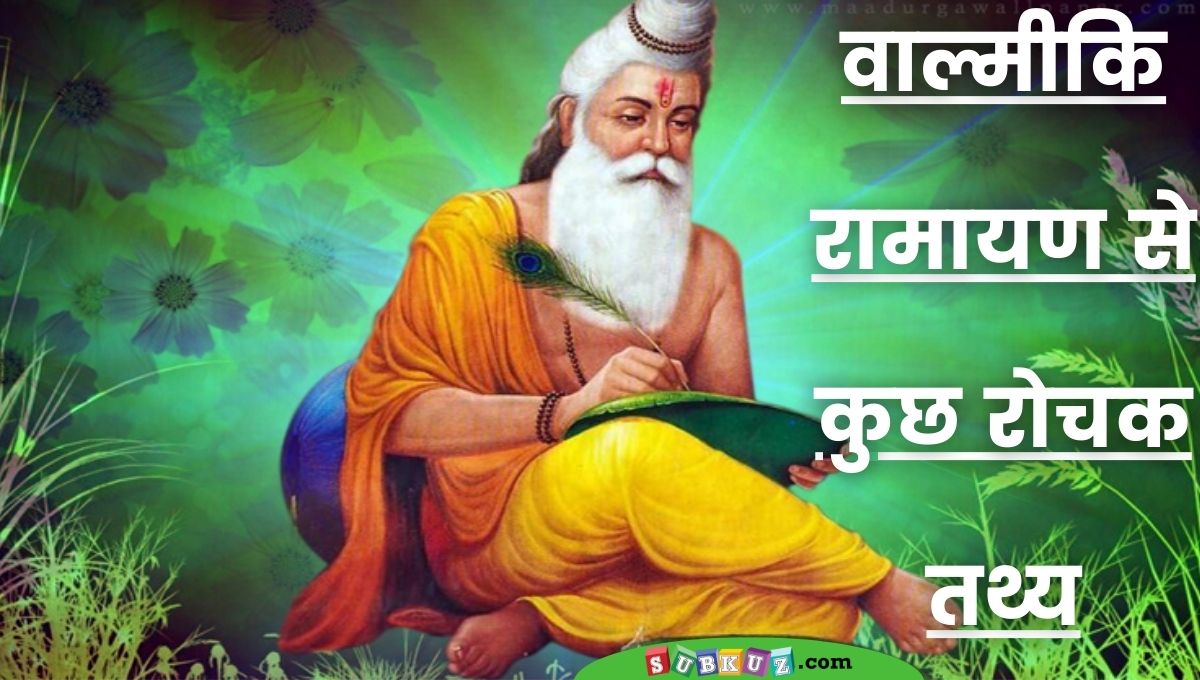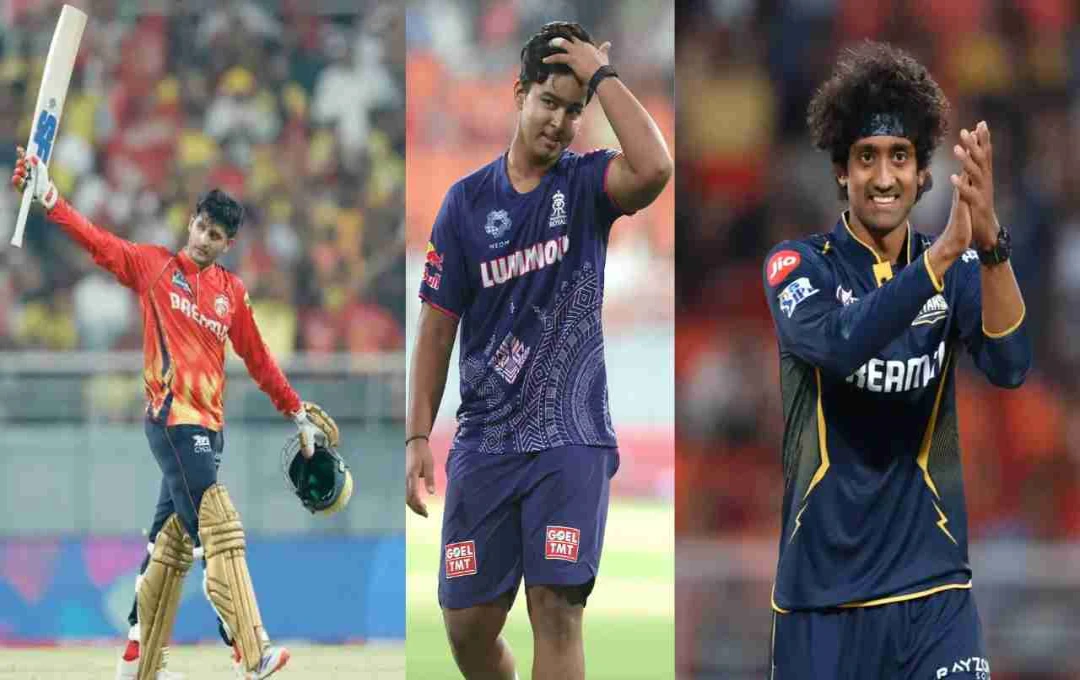Some Hidden Secrets of the Valmiki Ramayana
Following Valmiki, our society owes a debt to Ramanand Sagar, whose portrayal of the Ramayana made the story accessible to all Indians. Renowned actors and masterful performances captivated audiences. His Ramayana offered a close look at Lord Rama's life. However, some elements, though integral to the story, were omitted from the television series. Let's explore some of these hidden secrets.
Daughter of the Earth, Daughter of King Janaka
During a severe drought, King Janaka was tilling the land when Mother Sita emerged from the earth. Hence, she is also called the Earth's daughter. When Rama requested her to undergo the Agni Pariksha (fire ordeal), she disappeared into the earth after successfully completing it.
Hanuman's Vermilion
Did you know that Hanuman, like Sita, applied vermilion (sindur) to Lord Rama's forehead? Once, observing Sita applying yellow sindur to her hair, Hanuman inquired about its purpose. Sita explained that she applied it to wish long life for her husband, Shri Rama. Upon hearing this, Hanuman began applying vermilion all over his body, wishing for Lord Rama's longevity.
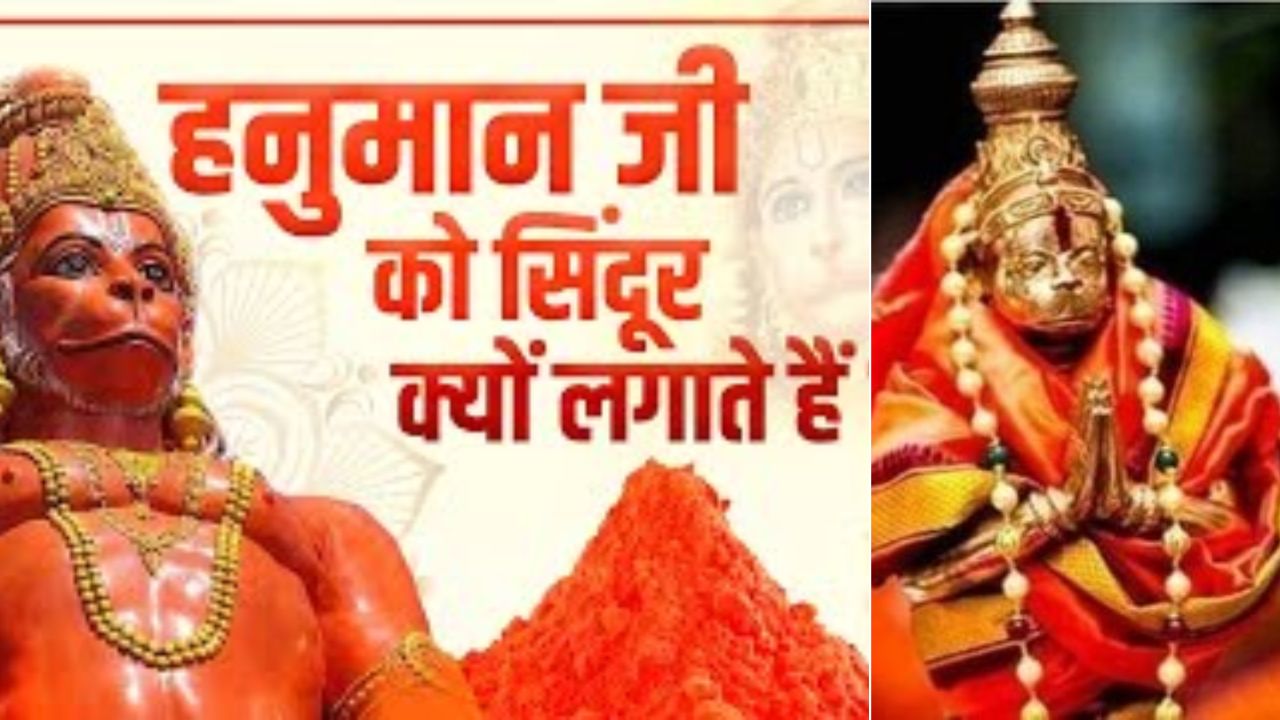
Lakshmana's 14 Years of Vigilance
On the first night of their exile, while Lord Rama and Mother Sita slept, Lakshmana remained awake to guard them. He invoked the Goddess of Sleep, requesting her permission not to sleep during their exile. The Goddess agreed but stipulated that if Lakshmana did not sleep, someone else would have to sleep for him for 14 years. Lakshmana offered that his wife, Urmila, would sleep in his stead for that period. Urmila, honoring her husband's wishes, remained in a state of deep sleep for 14 years. This act of sacrifice by Lakshmana, underscores his devotion to his brother and sister-in-law, and his readiness to endure hardship for their protection. His unwavering vigilance earned him the title of "Gudakesha."
Why a Veena on Ravana's Banner?
Ravana's flag bore the image of a veena (a stringed instrument). This signifies that Ravana, while a formidable warrior, was also a skilled musician, reputedly the best veena player of his time. Though he might not have publicly performed, his mastery of the instrument is evident in this representation.
Shurpanakha's Desire for Ravana's Downfall
While Ramayana recounts Lakshmana's act of cutting off Shurpanakha's nose, prompting Ravana to abduct Sita, the narrative suggests Shurpanakha herself desired Ravana's downfall. During his conquests, Ravana had slain her husband, an act that fueled her resentment and, in her heart, a curse upon him.
How Did Sita Survive in Lanka without Food and Water?
Mother Sita did not eat any food during her captivity in Ravana's Lanka. Concerned by her condition, the Gods intervened. Indra, the king of the Gods, brought the Goddess of Sleep to Ashoka Vatika, and she caused all living beings to fall asleep. Indra then coaxed Sita to consume a divine porridge, assuring her of sustenance against hunger and thirst.
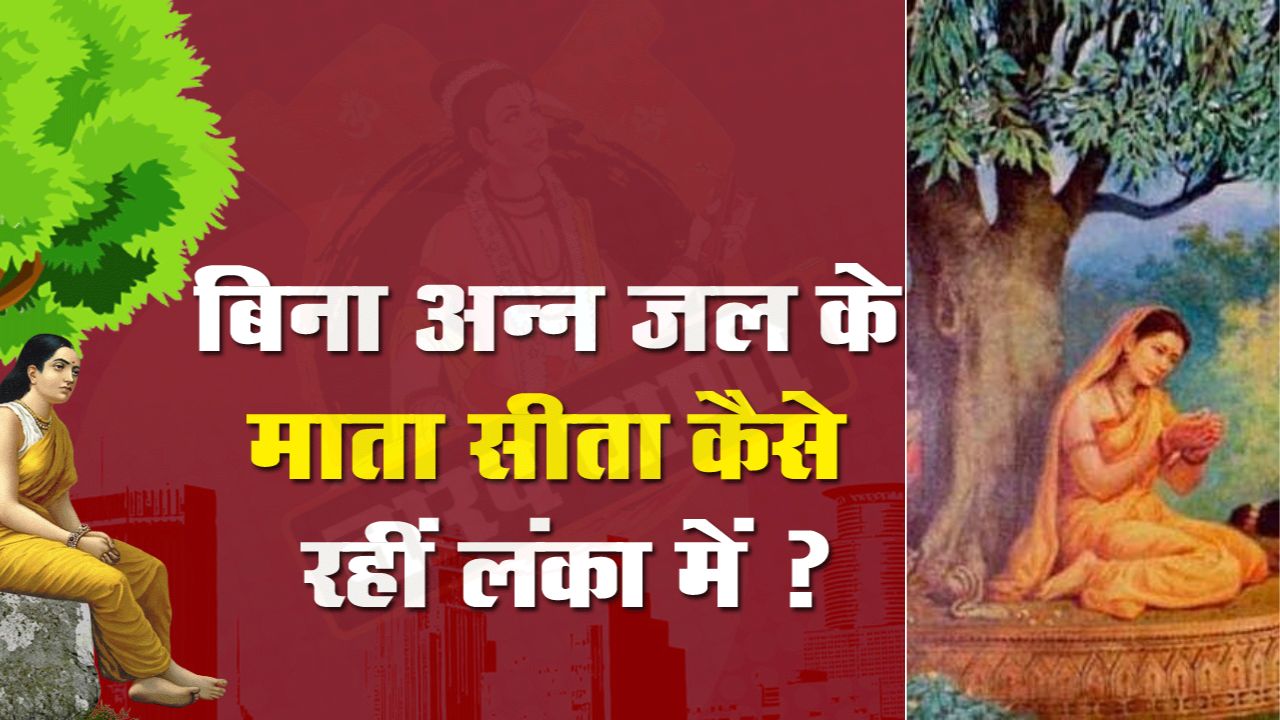
Ravana's Another Abduction
Ravana's abduction of Sita is well-known. But before Sita, Ravana had abducted Kaushalya, Queen of King Dasharatha. Knowing that the son of Kaushalya and Dasharatha would be the cause of his demise, he abducted her, confined her in a magical box, and threw it into the sea. Dasharatha, however, learned of the plan and rescued Kaushalya.
No Mention of "Lakshmana Rekha" in Valmiki Ramayana
After experiencing the hardships of the forest, Lakshmana drew a line to protect Sita. This story is detailed in the Ramacharitamanas' Lanka Kand, but not in Valmiki Ramayana. The origins of the Lakshmana Rekha remain unclear.
